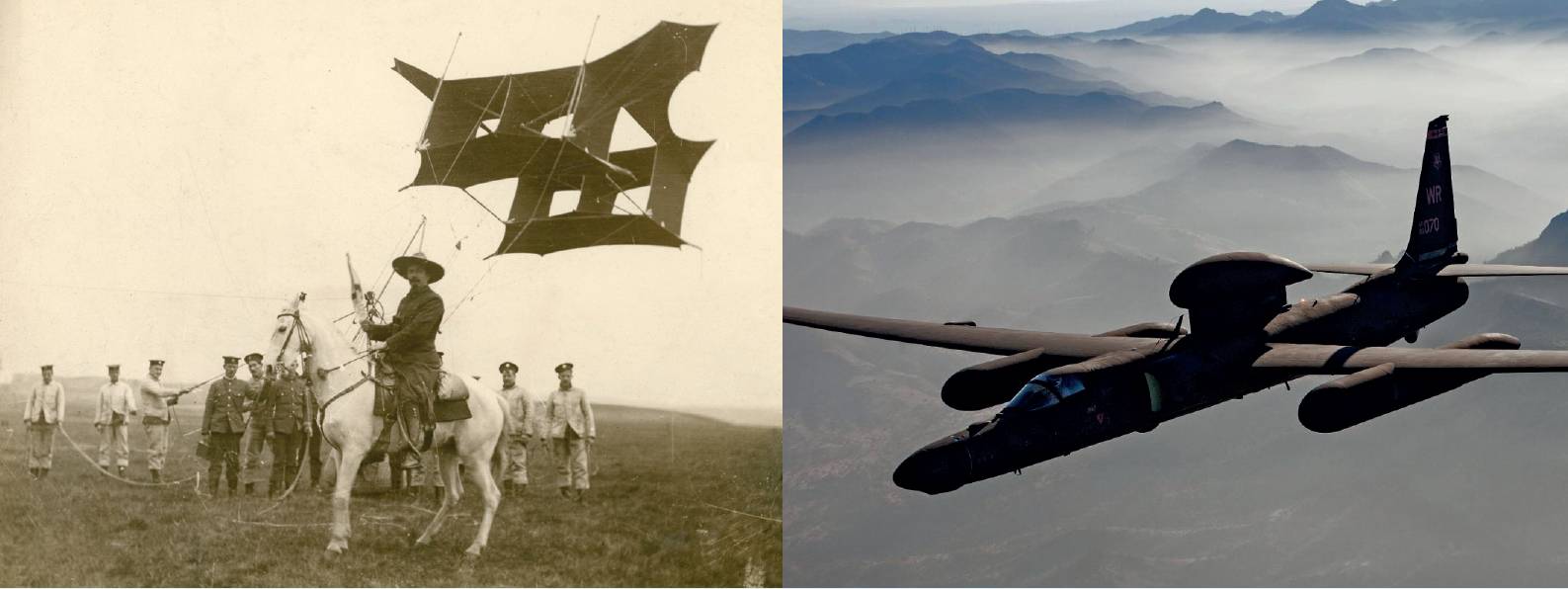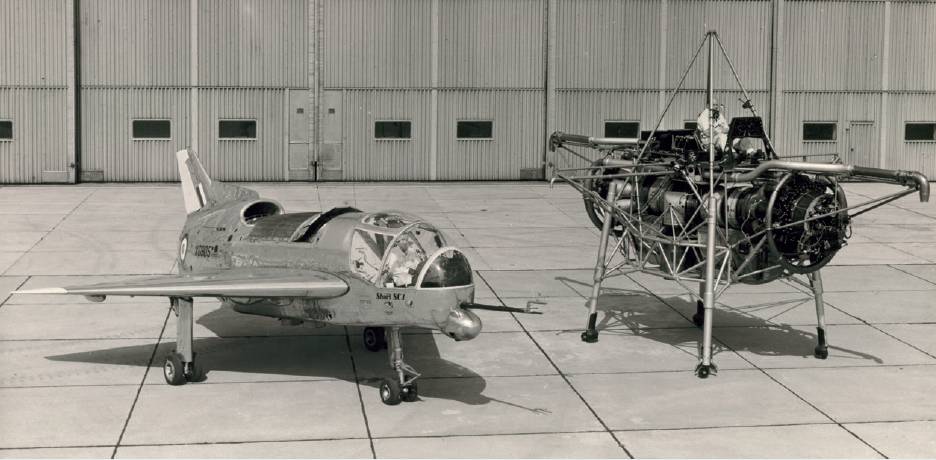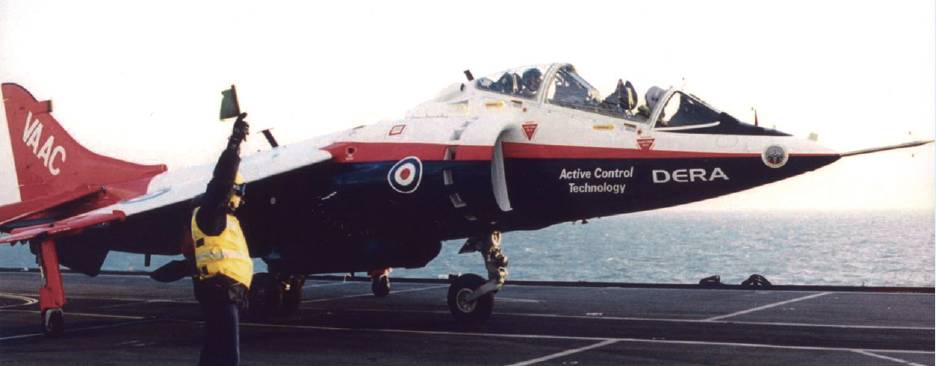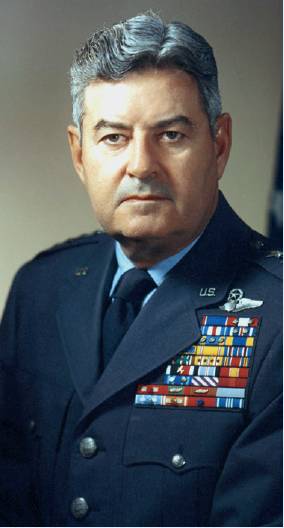Book Reviews
By B Norton
Fonthill Media Limited, Millview House, Toadsmoor Road, Stroud GL5 2TB, UK. 2019. 446pp. Illustrated. £45. ISBN 978-1-78155-725-9.
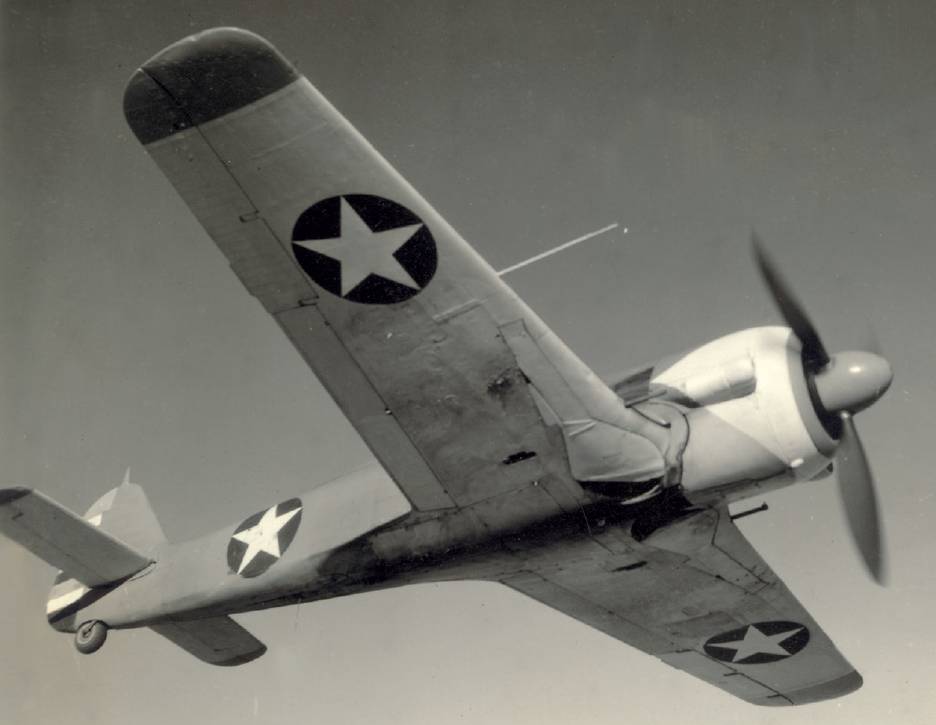 A captured Focke Wulf Fw190 in US markings over North Africa. RAeS (NAL).
A captured Focke Wulf Fw190 in US markings over North Africa. RAeS (NAL).
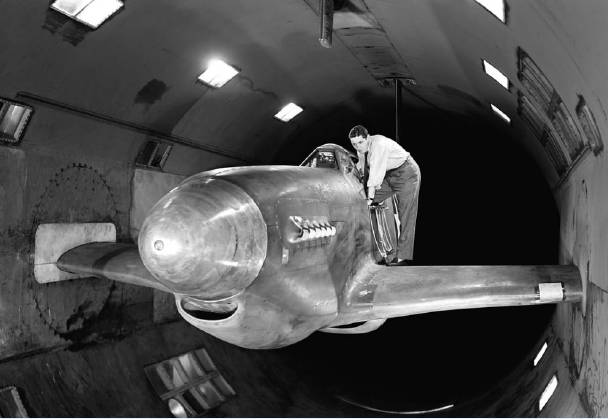 By testing a North American XP-51B Mustang with cropped wings in the 16ft High-Speed Tunnel, researchers at Ames traced the source of a serious rumble to the location of the aircraft’s radiator cooling scoop below the fuselage. NASA.
By testing a North American XP-51B Mustang with cropped wings in the 16ft High-Speed Tunnel, researchers at Ames traced the source of a serious rumble to the location of the aircraft’s radiator cooling scoop below the fuselage. NASA.
As the latest in a series of books, following on from volumes on WW2 fighters, bombers, gliders and special types, this publication – as suggested by its title – deals with a far more diverse area, much of which has received little exposure elsewhere. The first chapter sets the scene by describing the existing structure of research facilities at the start of the war, including those of NACA, the Army Air Corps, US Navy and private industry. It also introduces some of the major personalities including Theodore von Karman, Hap Arnold and Jimmy Doolittle. One of the more familiar topics addressed is laminar flow, which was investigated in wind tunnels and by airborne testbeds, before being applied to production types, notably the North American Mustang, albeit with less than the anticipated success. However, many of the programmes described never saw full production, including such radical ideas as the Custer Channel Wing, tracked undercarriages and the launch and recovery of light aircraft from a suspended cable (The Brodie system). Other innovations, including pressurised cabins, jet engines, ejection seats and air-to-air refuelling, did not see full scale use until after the conflict.
One chapter is dedicated to the efforts to improve propulsion, including superchargers, methanol-water injection, high octane fuels and propeller design for piston engines and early efforts with turbojets. Another chapter deals with the development of both solid and liquid-fuelled rockets primarily to boost take-off performance but also, in the later stages, for primary propulsion. Moving on to the problems of near sonic speeds, the issue of conventional aircraft avoiding compressibility effects is addressed, before efforts to reach and exceed sonic velocities are described, including the initial designs for the Bell XS-1. More obscure, but often just as important subjects, include cockpit design, aircraft ditching (including full-scale tests), icing, casualty evacuation and others too numerous to mention.
One actual operation that is dealt with in some detail is the April 1942 Doolittle raid on Japan, concentrating on the improvements and modifications required to the aircraft involved. The preparations for the use of atomic bombs against Japan are also addressed.
One category of aircraft that is dealt with in some detail is army co-operation aircraft, which evolved from large dedicated designs to smaller aircraft adapted from commercially available types. The contributions of foreign nations, primarily the UK, are acknowledged, ranging from well-known areas, such as aerial refuelling and jet engines, to less recognised contributions, including the use of papier-mâché drop tanks. Considerable efforts were also expended on the test and evaluation of enemy aircraft and weapons and the US even produced substantial numbers of a copy of the German V-1 flying bomb.
The book contains many photographs and other illustrations, including those of little-known test and prototypes aircraft and the text contains liberal amounts of data on weights, performance and the costs of most of the projects. In summary this book presents tantalising glimpses into a vast range of topics, most of which have received little if any attention in previous publications.
Colin Frazer
AMRAeS
